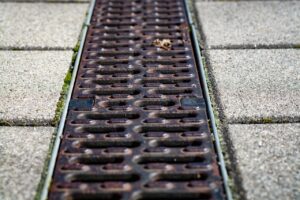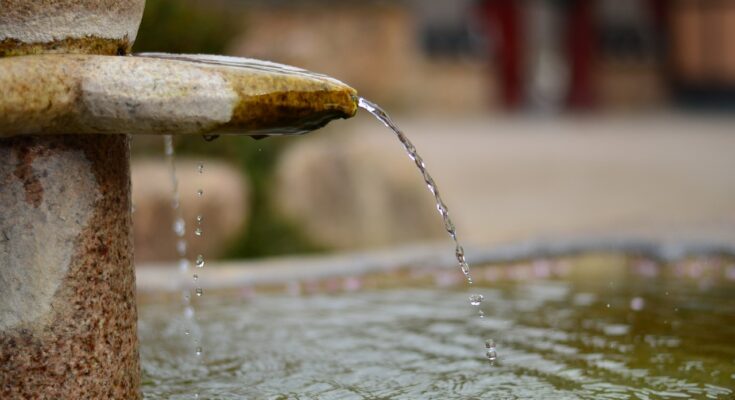Introduction:
Functioning gutters are an essential home addition that helps prevent rainwater from coming into contact with the house’s roof, walls, or foundation.Gutter maintenance also ensures that you avoid incurring expensive bills on house repairs and increases its durability. In this guide, we’ll take you through what you should know as you strive to have effective gutters throughout the year.
Why Gutters Matter
Though gutters may look relatively uncomplicated, one cannot underestimate their worth. Here are some key functions they serve:
Protecting Your Foundation:
Gutters help control the water flow from your roof to a point far from your home, thus eliminating problems like foundation erosion and basement floods.
Preventing Roof Damage:
Good drainage prevents water collection on the roof, which will cause seepage and weakness in the structure.
Shielding Siding and Walls:
Fascias and soffits mainly stop water from dripping onto external walls, thus minimizing moisture formation, rotting and mold building.
Preserving Landscaping:
Gutters also control water flow for plants, flower beds, and soil by preventing excess water flow.
Signs of Gutter Problems
But before we proceed with the maintenance topic, knowing the indicators of gutter problems will be helpful. Common problems include:
Clogs:
Leaves, twigs, and debris typically fill gutter systems;thus, water overflows.
Sagging or Detachment:
Loose gutters are ineffective in controlling water flow and leaks.
Rust or Corrosion:
Ironically, neglecting the maintenance of metal gutters makes them vulnerable to corrosion.
Water Stains:
If you notice any marks on that siding or the foundation, this is a sign that water is not draining as it should.
A Guide to Maintain Your Gutters
To keep your gutters in top shape, follow these practical maintenance tips:
1. Regular Cleaning
Gutters should be cleaned during spring and autumn, as well as after the shedding season. Here’s how:
You should use a strong ladder while doing cleaning chores on the gutters to avoid a fall.
Wear gloves to protect your hands because the gloves will help to prevent cutting and other injuries.
Using a scoop or trowel may be necessary to clean the leaves, twigs, and debris.
The second action is to run a garden hose along the gutters to check that the water drains freely.
2. Inspect for Damage
Suppose cleaning the walls for cracks, holes, or rust spots. Minor damages can usually be fixed using gutter sealant or patching, while significant damages call for replacement.
3. Ensure Proper Slope
Gutters should also be set at a slight pitch, half an inch for each 10 feet of length. You should repair the very low areas that take time to dry.
4. Clear Downspouts
Clogged downspouts eliminate all your efforts in installing a great gutter system. Feel with your fingers and employ a plumber’s snake or a hose pipe to ensure the passage is unblocked and that water can flow smoothly.
5. Install Gutter Guards
There is a gutter guard or cover that can help avoid too much debris accumulation; hence, infrequent cleaning is possible. Select an app from a condition that matches the climate of your area and the type of gutter.

Professional Help vs. DIY
While routine cleaning and minor repairs can be handled on your own, certain situations call for professional assistance:
Severe Damage:
In situations where highly contorted gutters have entirely come off the roof or are rusted beyond reasonable repair, replacement will be the only option.
Complex Installations:
Many houses have different roof lines or steep-pitch roofs and require an expert to install new gutters.
Advanced Tools:
Trained personnel possess the necessary tools for meetings to complete proper checkups and enhancements for maximum performance.
Long-Term Mitigation Measure for Performance
Beyond routine maintenance, these preventive measures can help extend the life of your gutters:
Trim Overhanging Branches:
Ensure that trees around your home are pruned to avoid leaves and debris accumulation in the gutters.
Inspect After Storms:
Heavy storms can cause damage to gutters; one should look out for problems right after the storms.
Upgrade Materials:
Introducing materials prone to rust and corrosion can be discouraged, allowing for aluminium or stainless steel use.
Seasonal Preparation:
Consult local weather conditions to avoid ice dams resulting from unattended gutters in winter.
Conclusion
Working gutters are essential to protect your home against water-related damage. In this case, it would help if you carried out routine checkups, dealt with any problems when they were minor, fixed any signs of wear and tear, and installed preventative measures that would help your gutter system run for several years. When it comes to maintenance, it is best to be as active as possible to ensure that your house remains as structurally sound and visually pleasing as possible, whether or not you hire other people for the job.
Also read about: Garage Door Problems and Solutions


One Comment on “Guide for Properly Functioning Gutters”